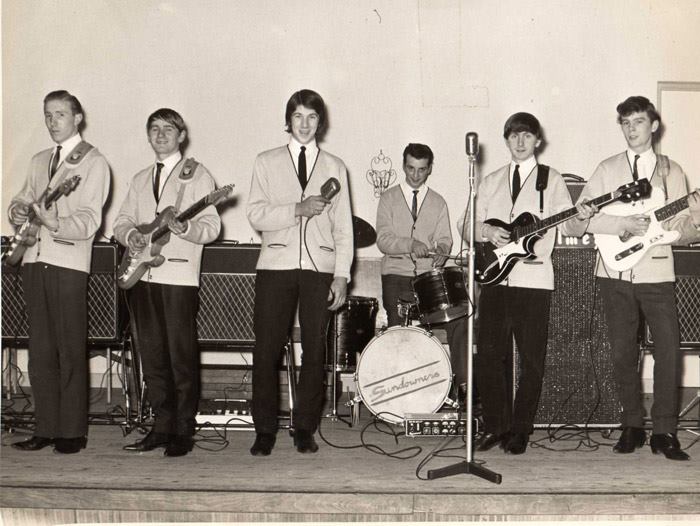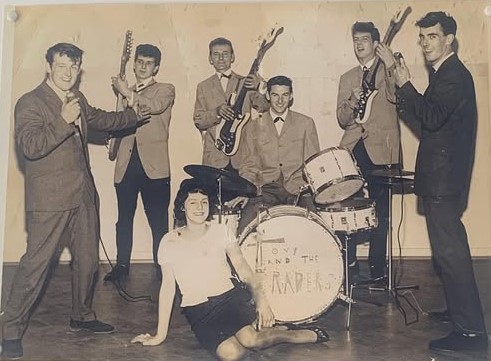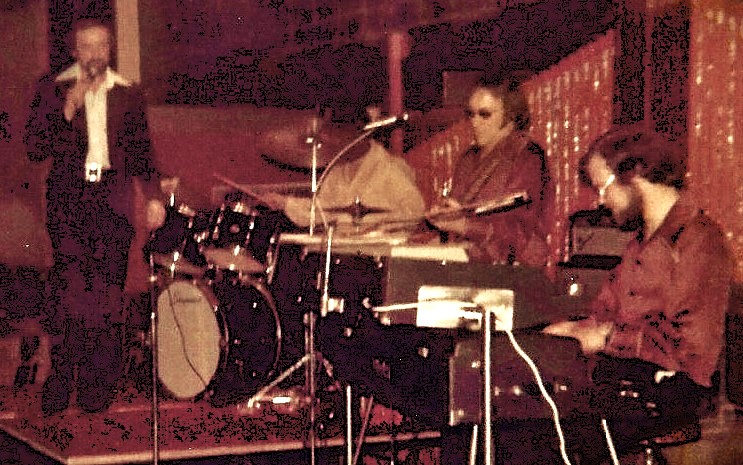SPMA Stories

As the project progresses we’ll be publishing a range of stories sharing tales from Stirling’s musical history, building a musical line-up that stretches across the decades.
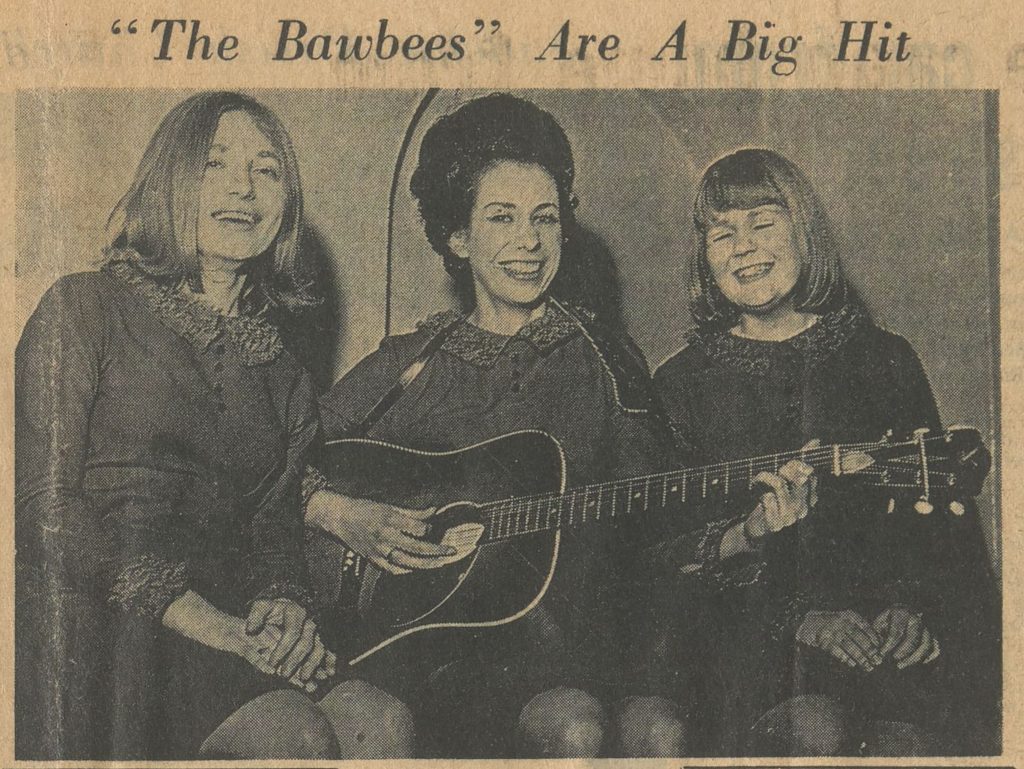
In the autumn of 1964, three young women from Stirling and Clackmannanshire formed a folk trio that would soon become a charming fixture in the central Scottish music scene. The Bawbees weren’t just gaining attention for their harmonies and clever lyrics. They were making headlines for a bold decision: a pact to avoid marriage so they wouldn’t break up the band. (Read more…)
The Four Heartbeats were a vocal harmony group active in the late 1950s from Cowie and Stirling. Despite their youth, they quickly found success in the Scottish theatre scene, performing in pantomimes, summer shows, and appearing on national television. Their bookings at venues like The Perth Theatre and the Edinburgh Palladium highlight how local talent could access mainstream stages during this time. Their story shows the strong demand for vocal harmony acts in post-war Scottish entertainment.
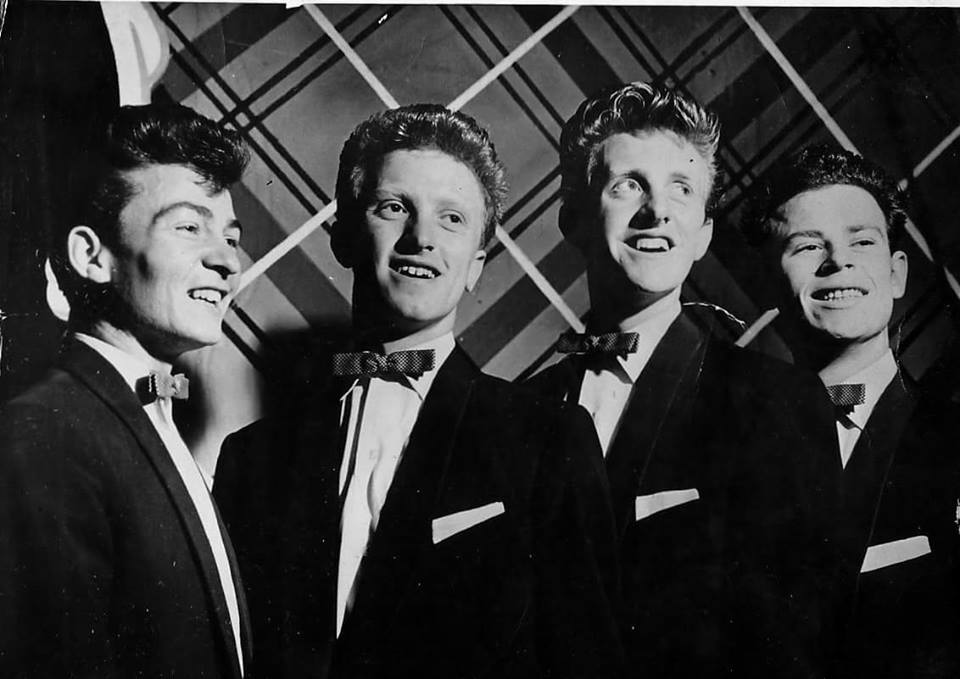
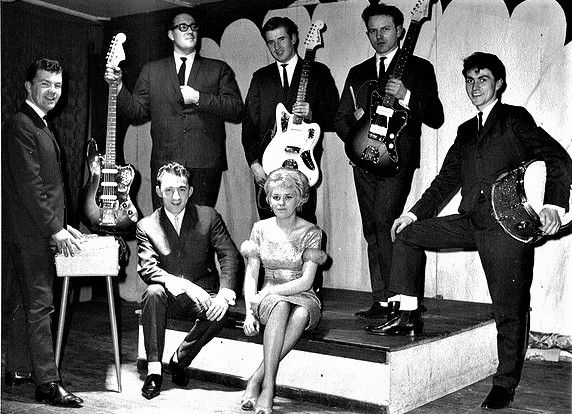
Formed in Falkirk in 1961, 20th Century Sounds grew from several earlier local outfits to become one of the region’s busiest and most in-demand live acts. The group maintained residencies at well-known venues such as Cowdenbeath Palais and the Raith Ballroom in Kirkcaldy, often performing several nights a week. With TV appearances and 7” releases, they exemplify how regional bands could successfully balance popular appeal with steady, working performance schedules in Scotland’s early 1960s music scene.
Friendship was a short-lived but ambitious band based in Falkirk and Denny, and briefly active from 1969-70. They toured extensively across Scotland and even undertook a 16-day tour in Italy under Piper Records, before disbanding soon after signing with Nillson Management. Though their time as a group was brief, members went on to join other notable acts, making Friendship a pivotal moment in the wider story of Central Scotland’s evolving music scene in the early 70s.
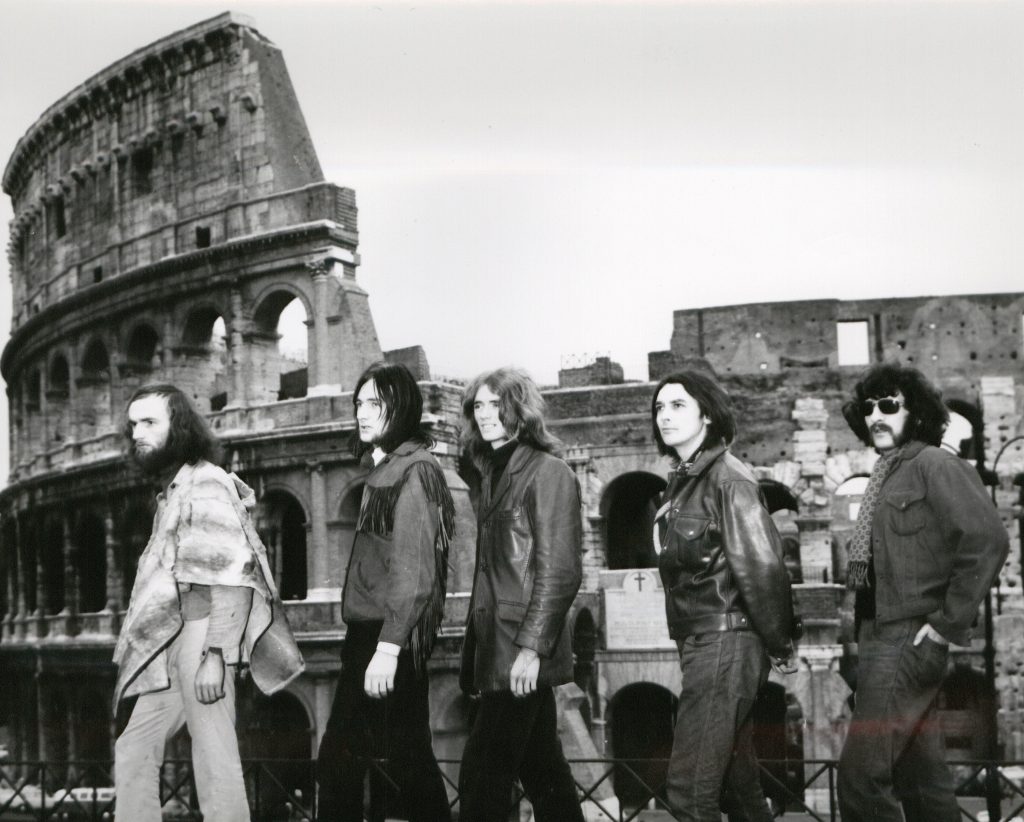
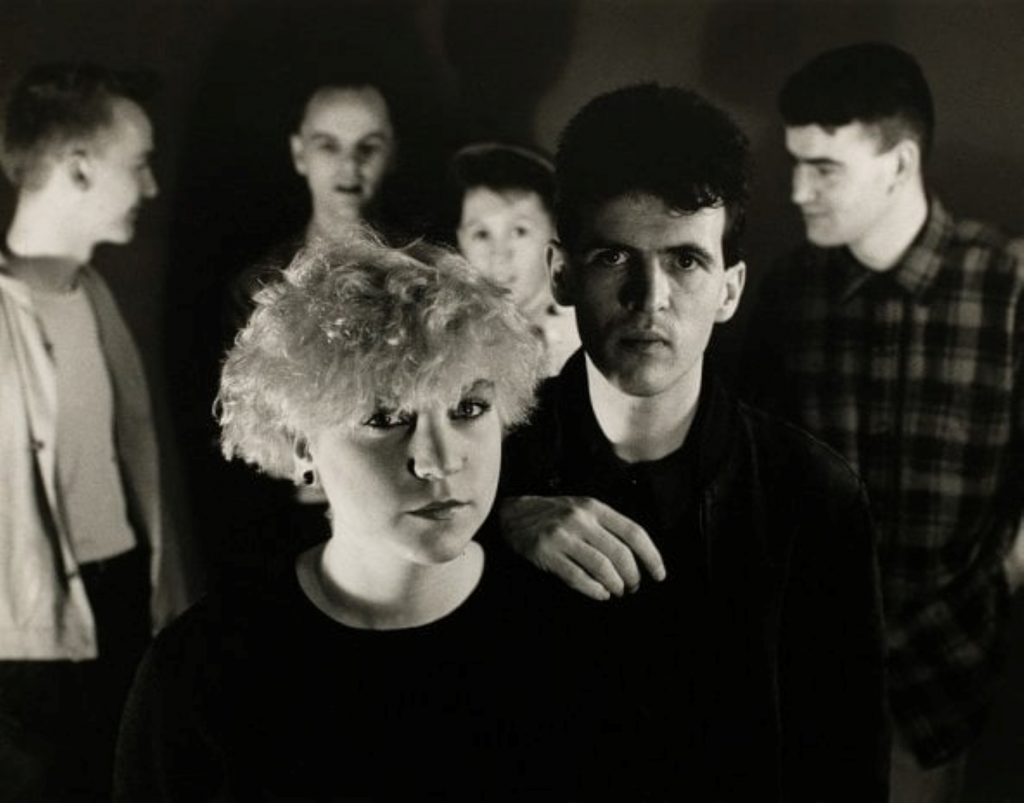
Formed in Stirling in the late 1970s, 22 Beaches emerged from the remnants of an earlier group, Alone at Last. The band’s members, many of whom were school friends, combined post-punk and new wave influences with the energy of a local scene. As with many regional acts of the time, 22 Beaches never gained national recognition, but they remain a valuable example of Scotland’s underground music movements during this era for independent bands.
The Professionals were formed in 1970 following a last-minute request from John Gillespie the MC at the Brockville Club (Falkirk FC Social Club) to provide a Band for the evening’s entertainment. Named after the club’s Farfiza Organ (Professional model) the band consisted of members of other local bands including the Cochrane Brothers and the Sundowners.
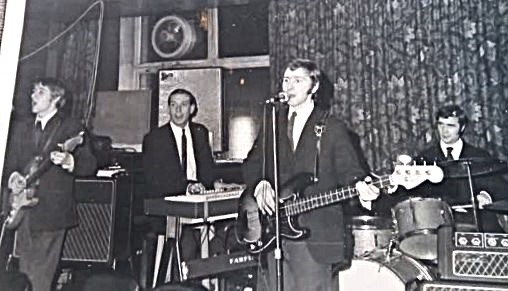
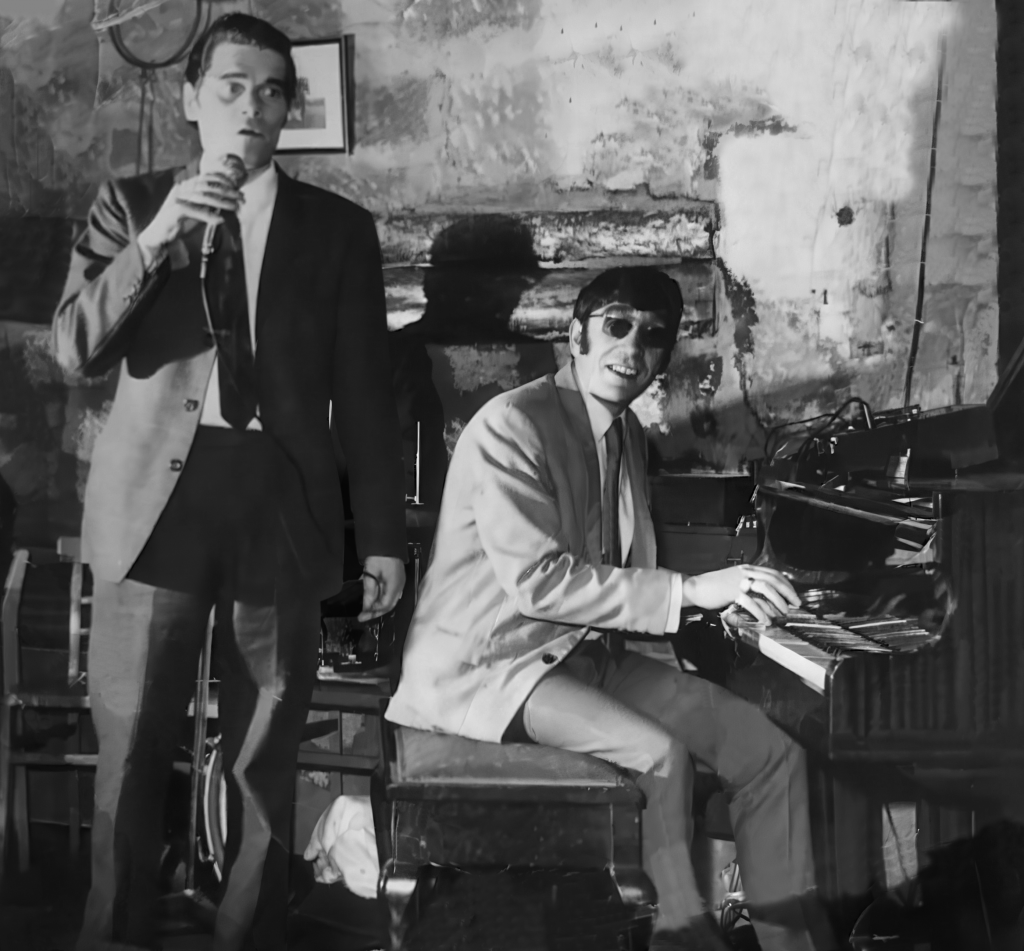
A memorable and much-loved double act that entertained audiences across Scotland’s lively club scene for many years, Doc & Healy were John Docherty on piano and John Healy on vocals. Emerging from the skiffle scene of the 1950s and with a musical tradition stretching back through their Irish ancestry the duo’s shows were often advertised with the slogan “Reel n’ Rock with Healy and the Doc.”
Formed by a bunch of music-mad Falkirk schoolboys at the dawn of the 1960s The Sundowners went on to become one of Scotland’s most popular groups, their performances powered by their treasured Vox equipment. They built their reputation performing at dances organised by youth clubs and church groups, later graduating to the club scene and becoming the resident band at Doak’s Ballroom, Falkirk, in 1969. The bond formed by their musical experiences persists with the band members continuing to regularly meet up and reminiscence today.
